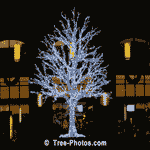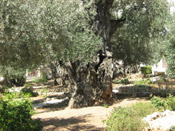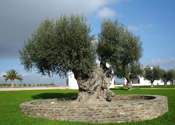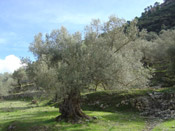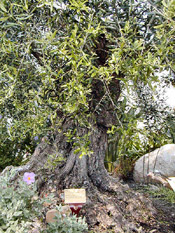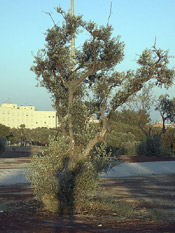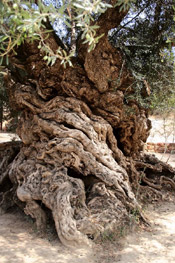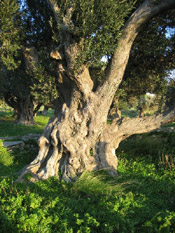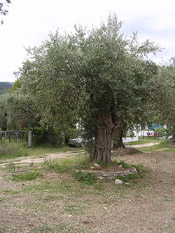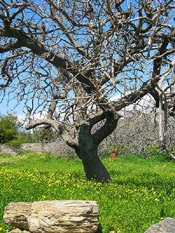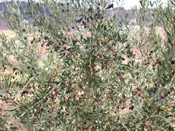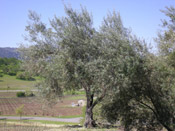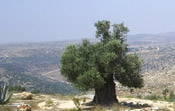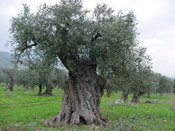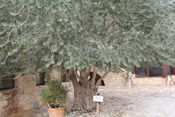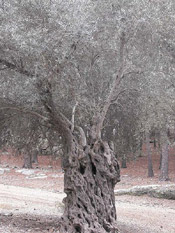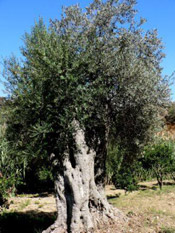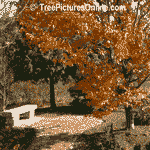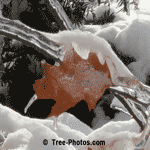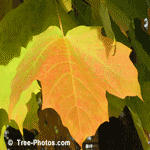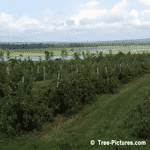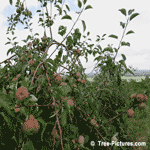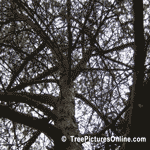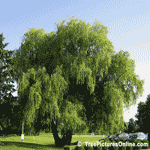Olive Tree Pictures
Welcome to our olive tree pictures page.
On this page you will find lots of nice pictures of olive trees.
Olive Trees
You will also find a lot of wonderful information on olive trees, including information about the olive tree species, planting information, and much more.
This is valuable and useful information that can help you to learn more about the olive tree.
Olive Tree Images
To view each olive tree picture in full size just click on the pictures
Enjoy these pictures of the olive tree.
Olive Tree Photo Gallery
Ancient Olive Tree |
Ornamental Olive Tree |
Olive Tree Picture |
Eden Olive Tree |
Olive Tree |
Olive Tree Picture |
Olive Tree Types, A List of Different Types of Olive Tree
- Arbequina Olive Tree
- Ascolano Olive Tree
- Frantoio Olive Tree
- Leccino Olive Tree
- Manzanillo Olive Tree, main variety used for the black "California-style” olive
- Maurino Olive Tree
- Mission Olive Tree
- Pendolino Olive Tree, weeping tree with small leaves and fruit
- Sevillano Olive Tree
Olive Tree Facts
Here is some detailed information on olive trees.
The Olive, Olea europaea, is a species of a small tree in the family Oleaceae, native to the coastal areas of the eastern Mediterranean Basin (the adjoining coastal areas of southeastern Europe, western Asia and northern Africa) as well as northern Iran at the south end of the Caspian Sea. Its fruit, also called the olive, is of major agricultural importance in the Mediterranean region as the source of olive oil. The tree and its fruit give its name to the plant family, which also includes species such as lilacs, jasmine, Forsythia and the true ash trees (Fraxinus). The word 'oil' in multiple languages ultimately derives from the name of this tree and its fruit.
The olive tree is an evergreen tree or shrub native to the Mediterranean, Asia and Africa. It is short and squat, and rarely exceeds 8 to 15 metres (26 to 49 ft) in height. The silvery green leaves are oblong in shape, measuring 4 to 10 centimetres (1.6 to 3.9 in) long and 1 to 3 centimetres (0.39 to 1.2 in) wide. The trunk is typically gnarled and twisted.
The small white flowers, with ten-cleft calyx and corolla, two stamens and bifid stigma, are borne generally on the last year's wood, in racemes springing from the axils of the leaves.
The fruit is a small drupe 1 to 2.5 centimetres (0.39 to 0.98 in) long, thinner-fleshed and smaller in wild plants than in orchard cultivars. Olives are harvested in the green to purple stage. Canned black olives may contain chemicals (usually ferrous sulfate) that turn them black artificially.
The olive is one of the plants most often cited in literature. In Homer's Odyssey, Odysseus crawls beneath two shoots of olive that grow from a single stock, and in the Iliad, is a metaphoric description of a lone olive tree in the mountains, by a spring; the Greeks observed that the olive rarely thrives at a distance from the sea, which in Greece invariably means up mountain slopes. Greek myth attributed to the primordial culture-hero Aristaeus the understanding of olive husbandry, along with cheese-making and bee-keeping.
Olive was one of the woods used to fashion the most primitive Greek cult figures, called xoana, referring to their wooden material; they were reverently preserved for centuries. It was purely a matter of local pride that the Athenians claimed that the olive grew first in Athens. In an archaic Athenian foundation myth, Athena won the patronship of Attica from Poseidon with the gift of the olive.
Olive trees are very hardy, drought, disease and fire-resistant, and can live for a very long time. Its root system is very robust and capable of regenerating the tree even if the above-ground structure is destroyed. The older an olive tree is, the broader and more gnarled its trunk appears. Many olive trees in the groves around the Mediterranean are said to be several centuries old, and in some cases this has been verified scientifically.
An olive tree in Algarve, Portugal, is 2000 years old, according to radiocarbon dating.
The olive tree has been cultivated for olive oil, fine wood, olive leaf, and the olive fruit. The earliest evidence for the domestication of olives comes from the Chalcolithic Period archaeological site of Teleilat Ghassul in what is today modern Jordan.
Farmers in ancient times believed olive trees would not grow well if planted more than a short distance from the sea; Theophrastus gives 300 stadia (55.6 km/34.5 mi) as the limit. Modern experience does not always confirm this, and, though showing a preference for the coast, it has long been grown further inland in some areas with suitable climates, particularly in the southwestern Mediterranean (Iberia, northwest Africa) where winters are mild.
Olive plantation in Andalucía, SpainOlives are now cultivated in many regions of the world with Mediterranean climates, such as South Africa, Chile, Peru, Australia, the Mediterranean Basin, Israel, Palestinian Territories and California and in areas with temperate climates such as New Zealand, under irrigation in the Cuyo region in Argentina which has a desert climate.
There are thousands of cultivars of the olive. In Italy alone at least three hundred cultivars have been enumerated, but only a few are grown to a large extent. None of these can be accurately identified with ancient descriptions, though it is not unlikely that some of the narrow-leaved cultivars most esteemed may be descendants of the Licinian olive. The Iberian olives are usually cured and eaten, often after being pitted, stuffed (with pickled pimento, anchovies, or other fillings) and packed in brine in jars or tins. Some also pickle olives at home.
Olive trees show a marked preference for calcareous soils, flourishing best on limestone slopes and crags, and coastal climate conditions. They grow in any light soil, even on clay if well drained, but in rich soils they are predisposed to disease and produce poorer oil than in poorer soil. (This was noted by Pliny the Elder.) Olives like hot weather, and temperatures below minus 10 degrees celsius (14 degrees Fahrenheit) may injure even a mature tree. They tolerate drought well, thanks to their sturdy and extensive root system. Olive trees can live exceptionally long, up to several centuries, and can remain productive for as long, if they are pruned correctly and regularly.
Impressive Tree Pictures
Collection of Impressive Tree Images
Trees: Recent Tree Photos, Pics & Images |
||
Palm Tree Pictures |
Beech Trees |
Palm Trees |
Oak Tree Gallery |
Christmas Trees |
Maple Trees |
Apple Tree Photo Gallery |
Apple Tree Images |
Palm Trees Gallery |
Japanese Maple Trees |
Pine Tree Gallery |
Willow Trees Category |
Tree wallpaper images can make beautiful backgrounds on your computer`s desktop. See our tree wallpaper photographs link in the left tree categories.
Thank you for visiting our Tree Pictures at TreePicture Online.com, please come back soon for more great tree photos!
Pictures Sites
Fireplace Pictures -
Tree Pictures -
Gazebo Pictures -
Symbols & Their Meanings
Resume Samples -
Church Pictures -
Manufactured Home Pictures
Natural Log Siding -
Shadow Puppets -
Caribbean Islands
Play Touch Games -
Waterfall Pictures
Make Hot Pictures - Job Application Forms
![]()


